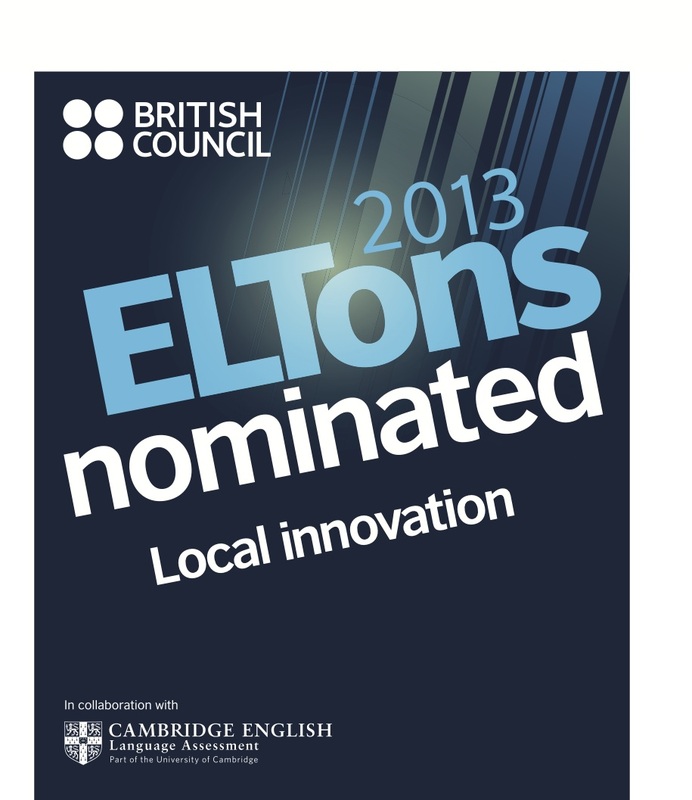I was born and brought up in a developing country, and as such I am painfully aware of how poor education systems can hinder the development of a country. On a more positive note I have also seen many examples where improvements in education and education systems have aided the progress of a country. This excites me! The importance of education is by no means unique to my home country but instead can be felt all round the world. Fend (2001) states that current questions with regard to the role of educational institutions have to do with the quality and effectiveness of educational institutions in providing services for individual development and the innovation of society to serve the basic needs of social change in the context of a global society. Yet, most current curricula do not take this role of educational institutions into consideration. First, curricula often do not address the diverse needs, strengths, backgrounds, and interests of students. However, we do not need curricula which generate massive answers on which everyone agrees, but we need curricula which account for individual learning styles and preferences and thus create different answers. Second, curricula often fail in what they teach. Such curricula mainly constructed around print-based media do not give chance to students to critically evaluate the world in which they live. Third, curricula often fail in how they teach because they provide for very limited instructional options, and the result is banking education (Freire, 1970/2003). He defines this type of education as “an act of depositing, in which the students are the depositories and the teacher is the depositor. Instead of communicating, the teacher issues communiqués and makes deposits which the students patiently receive, memorize, and repeat” (p. 72). Then as educators, how can we address such disabilities? Universal Design for Learning (UDL) is a framework for designing curriculum that can help teachers to differentiate instruction for differing learners.
On the one hand, UDL can allow educators to design curricula from the beginning to address individual differences; therefore, disabled curricula can be reduced and be flexible and customized via new interactive, flexible, and malleable media. The teacher is no more the one who transmits knowledge to the student, and thus, the student has control over their learning. Then mastery of learning through tools, strategies, and scaffolds can be achieved as well as praxis, “reflection and action upon the world in order to transform it,” (Freire, 1970/2003, p. 51). In other words, such curricula can help students to extend understandings of the nature, development, and complexity of the world. On the other hand, starting the curriculum from the beginning can be a challenge because it requires a lot of time and preparation. Additionally, today teachers have to prepare their students for standardized tests and these tests are not differentiated as opposed to UDL. Thus, universal design for learning can mean a disservice to students if they fail in a standardized test because students who become accustomed to differentiated instruction may not be successful in a traditional paper and pencil test.
Yet, I still believe that the benefits of UDL outweigh its drawbacks. It is with this in mind that I enhanced one of my lesson plans to include some of the UDL guidelines.
UDL Checklist
UDL Enhanced Lesson Plan
REFERENCES
Fend, H. (2001). Educational Institutions and Society. International Encyclopedia of the Social and Behavioral Sciences, 4262–4266. Amsterdam: Elsevier Science Ltd.
Freire, P. (2003). Pedagogy of the Oppressed (30th ed.). (M. B. Ramos, Trans.). New York: Continuum. (Original work was published 1970).
On the one hand, UDL can allow educators to design curricula from the beginning to address individual differences; therefore, disabled curricula can be reduced and be flexible and customized via new interactive, flexible, and malleable media. The teacher is no more the one who transmits knowledge to the student, and thus, the student has control over their learning. Then mastery of learning through tools, strategies, and scaffolds can be achieved as well as praxis, “reflection and action upon the world in order to transform it,” (Freire, 1970/2003, p. 51). In other words, such curricula can help students to extend understandings of the nature, development, and complexity of the world. On the other hand, starting the curriculum from the beginning can be a challenge because it requires a lot of time and preparation. Additionally, today teachers have to prepare their students for standardized tests and these tests are not differentiated as opposed to UDL. Thus, universal design for learning can mean a disservice to students if they fail in a standardized test because students who become accustomed to differentiated instruction may not be successful in a traditional paper and pencil test.
Yet, I still believe that the benefits of UDL outweigh its drawbacks. It is with this in mind that I enhanced one of my lesson plans to include some of the UDL guidelines.
UDL Checklist
UDL Enhanced Lesson Plan
REFERENCES
Fend, H. (2001). Educational Institutions and Society. International Encyclopedia of the Social and Behavioral Sciences, 4262–4266. Amsterdam: Elsevier Science Ltd.
Freire, P. (2003). Pedagogy of the Oppressed (30th ed.). (M. B. Ramos, Trans.). New York: Continuum. (Original work was published 1970).

 RSS Feed
RSS Feed
